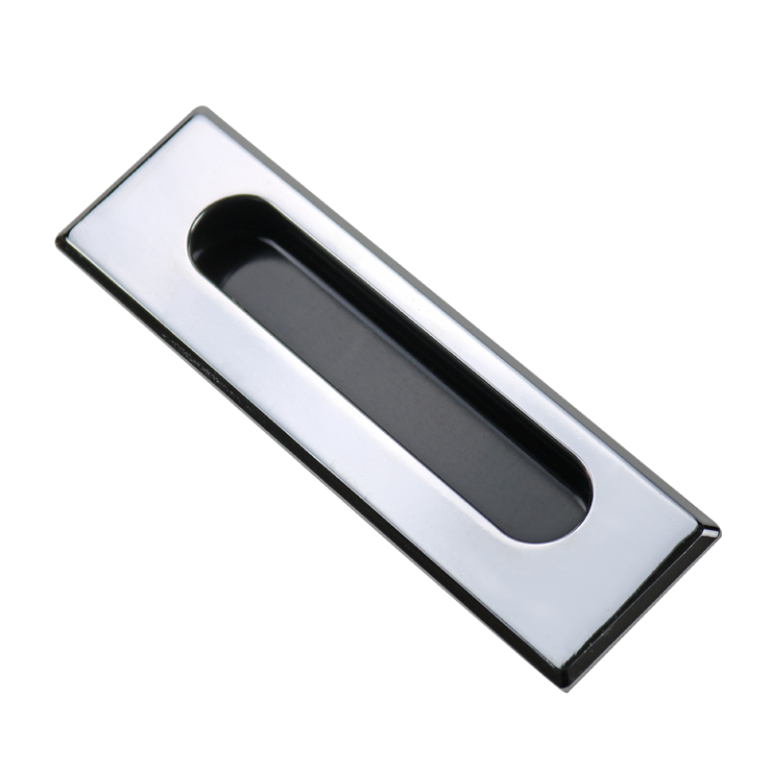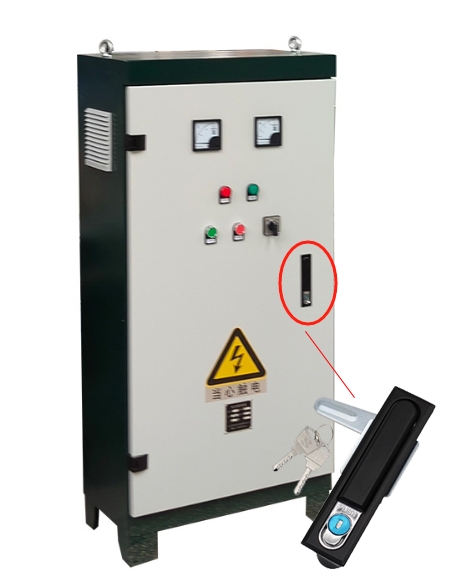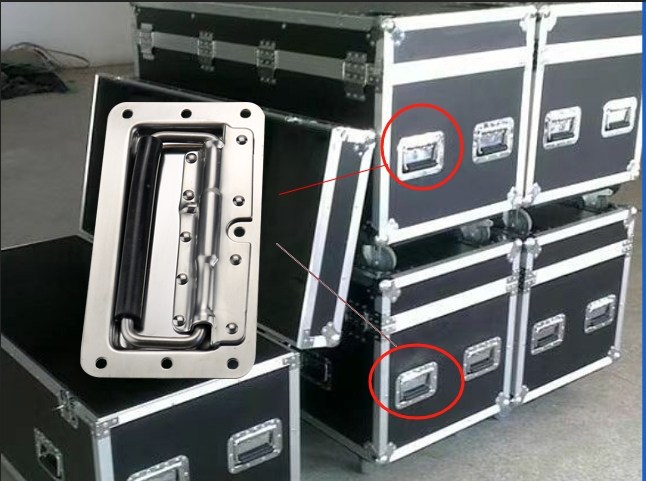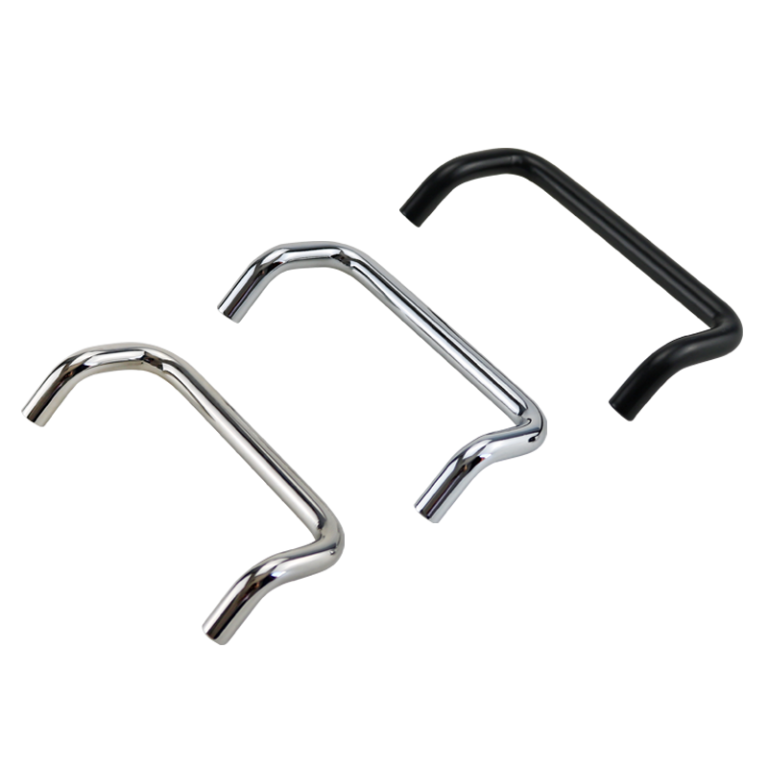HTAN is one of the leading manufacturers of industrial hinges, handles and latches in China.

Positioning hinges are specialized mechanical components that enable precise control of rotation angles and maintain stable positioning.
They are essential in various industries, including industrial automation, consumer electronics, and furniture manufacturing, where accurate movement and angle adjustment are required.
What is a Positioning Hinge?
A positioning hinge is a type of hinge mechanism designed to control the rotation angle and fix the position of connected components.
It functions similarly to a human joint, allowing two parts to rotate precisely while maintaining structural stability.
This mechanism is crucial in applications such as monitor angle adjustment and industrial robotic arm movement control.
Comparison with Ordinary Hinges
Positioning hinges differ from ordinary hinges in several key aspects:
- Internal Mechanism: They incorporate a steel ball and spring system for multi-position snapping, enabling precise angle control.
- Adjustability: The rotational resistance can be adjusted through the spindle design, offering customizable performance.
- Customization: Fixed angles such as 15°, 30°, and 90° can be customized to meet specific application requirements.

Positioning hinge application case
Components of a Positioning Hinge
Hinge Piece
- Constructed from 304 stainless steel or aluminum alloy casting with anodized surfaces.
- Upper and lower pieces are connected by a spindle, featuring mounting holes for screw fixing or embedded assembly.
Positioning Tube:
- Internally precision-machined metal tube with equidistant grooves on the wall.
- Steel balls fit into these grooves to achieve angle positioning, with groove spacing affecting adjustment precision.
Steel Ball and Spring:
- Tungsten carbide steel balls (diameter 2-10mm, hardness HRC62+) and stainless steel springs (wire diameter 0.3-1.2mm, providing 3-20N elasticity).
Spindle:
- Available in hollow or solid structures with material options including 45# steel (chrome-plated), titanium alloy, and engineering plastics, suitable for different industrial and household applications.
Auxiliary Components:
- Include anti-loosening washers, grease, end caps, etc., enhancing functionality and durability.
Features of Positioning Hinges
High Positioning Accuracy:
- Achieved through CNC-machined positioning tube grooves and high-precision steel balls, controlling angle deviation to within 0.2°, critical for optical instrument adjustments.
Robust Structural Design:
- Utilizes a laminated design, with even the smallest model (8mm thick) capable of withstanding 50N-m torque.
Versatile Mounting Options:
- Surface mounting (direct screw fixing), flush mounting (hidden snap design), and through-axis mounting (through-hole connection).
Excellent Environmental Adaptability:
- Passes 72-hour salt spray tests, ensuring reliability in diverse environmental conditions.
Selection Guide
One-Way Positioning Hinge:
- Features unidirectional rotation (typically 0-180°) with positioning every 15°.
- Ideal for laptop screens and medical monitors.
Multi-Axis Positioning Hinge:
- Innovative dual spindle design supporting XYZ three-way adjustment and 360° continuous positioning.
Hollow Shaft Positioning Hinge:
- Technical advantages include a center through-hole diameter of 4-25mm, enabling wire/hydraulic line routing and over 40% weight reduction.
Working Principle
When rotational force is applied:
- The spring compresses, disengaging the steel ball from the current groove.
- The spindle drives the positioning tube to rotate.
- Upon reaching a new angle, the spring releases, snapping the steel ball into the new groove.
- Tactile feedback and sound confirm successful positioning, similar to a ballpoint pen’s pressing mechanism but with over 100 times higher precision requirements.
Application Cases
Industrial Automation:
- Robotic arm end-effectors, CNC machine guard doors, and welding transposition machine rotary tables.
Consumer Electronics:
- Folding cell phone pivots, tablet stands, and smart mirror adjustment mechanisms.

Positioning hinge in tablet stand application case
Furniture and Architecture:
- Invisible doors without handle designs, liftable desks, and pavilion rotating display stands.
Frequently Asked Questions
Q1: Can positioning hinges replace ordinary hinges?
A:Yes, but it’s not recommended due to the significantly higher cost (3-8 times). Use standard hinges in regular scenarios unless angle adjustment functionality is required.
Q2: Are specialized tools needed for installation?
A:Basic installation requires only a screwdriver and wrench. For commissioning, consider using a torque wrench (5-8N-m), angle gauge, and grease injector for maintenance.
Q3: What to do if positioning is inaccurate?
A:Troubleshoot by:
- Cleaning dust from grooves with precision electronic cleaner.
- Checking for spring fatigue (replace if free length shortens by 15%).
- Adjusting the preload screw (if available) to change damping force.
- Contacting the manufacturer to replace the positioning tube assembly.
Purchase Suggestions
Define Required Parameters:
- Load weight, rotation angle range, and environmental conditions (temperature/humidity/corrosion).
Select Appropriate Types Based on Usage Scenarios:
- Heavy-duty industrial: Multi-axis hinge.
- Precision electronics: Hollow shaft hinge.
- High-frequency use: Steel one-way hinge.
Verify Supplier Qualifications:
- Check for ISO 9001 certification, request material test reports, and ask for life test data.
Conclusion
Positioning hinges are core transmission components in precision machinery, increasingly penetrating from industrial fields into daily life.
When selecting, match the model to the specific scenario and perform regular maintenance.
It’s advisable to inspect the spring condition every 6 months and change the special grease annually to extend service life by 3-5 times.
For customized solutions, contact our engineering team.







